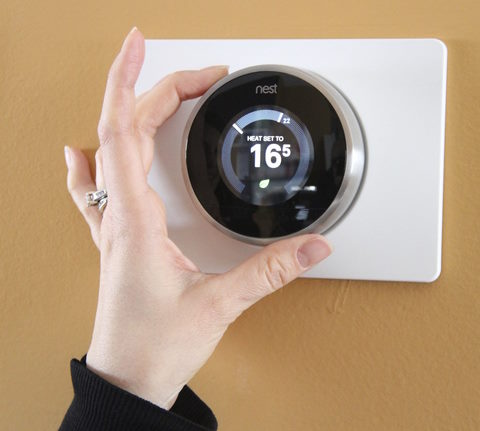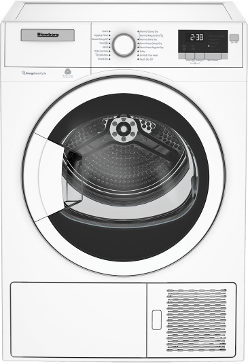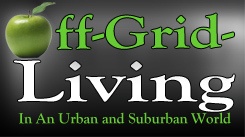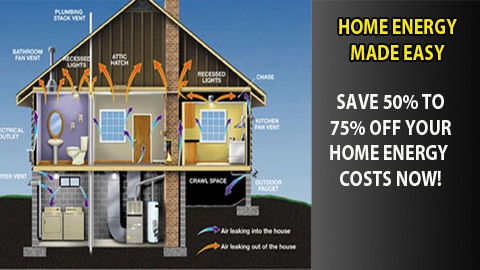
“Energy efficiency is smart”
Tom Handsome

Energy Efficient Products Ideas
Energy efficient products (light bulbs, power strips, etc.) perform the same function as their non-energy efficient counterparts while saving money through smart energy technologies and choices. While energy saving gadgets do not always have unique qualities, they always minimize inefficient practices in typical home items.

Why Should You Buy Energy Efficient Devices?
Energy-efficient items are intended to reduce your overall power consumption, hence lowering your energy bill and the amount of money you must pay. Spending somewhat extra money up front to purchase an energy efficient device will result in long-term savings as you chop little chunks off your monthly energy bill.
Choosing energy efficient products benefits the environment as well. Because these goods minimize your energy use, they also lower the amount of energy required to be created by the combustion of fossil fuels such as coal and natural gas. Reduced reliance on fossil fuels results in decreased greenhouse gas emissions, which contribute to global climate. Fossil fuels have been shown to be harmful to our natural environment.
What Features Should You Look for When Purchasing Energy Efficient Devices?
Because energy efficient products are highly variable and span several categories of consumer products, there are numerous considerations to take when selecting energy saving products. Investigate different models that are similar to the one you are considering to better understand the pros and downsides of each. These are some things to think about when shopping for electricity saving devices for homes.
Physical Features
Hardware features are vital for devices such as switches, power strips, faucets, and others for both functional and aesthetic purposes. Physical elements that can differentiate energy efficient devices include the number of outlets on a power strip, the types of buttons and options on a light switch.
ENERGY STAR Certification
A product that is Energy Star certified has met the stringent energy performance criteria set by the US government. The Environmental Protection Agency and the Department of Energy are both involved. Energy Star compatible products have been verified by the government to be extremely energy efficient. Products that do not have an Energy Star rating can still be reliable, efficient, and of good quality, but the Energy Star emblem offers an extra layer of assurance to the products you buy.

Types of Energy Efficient Products
Energy efficiency can take various forms, and there are numerous solutions available to help you lower your energy consumption throughout your home. These are some main categories of popular energy efficient products that can assist you in lowering your power cost and creating a smarter, greener house.
Energy-Saving Light Bulbs
Traditional incandescent light bulbs have been around for a long time and are less efficient than more modern alternatives. Most efficient light bulbs employ LEDs, which are far superior than incandescent lights in terms of energy consumption and lifetime. Efficient light bulbs sometimes contain smart home-type capabilities like wireless control and color variety.
Power Strips with Advanced Features
"Vampire loads" are a significant energy drain, accounting for around 10% of the average total household energy use. Simply explained, vampire loads are the amounts of electricity consumed by equipment that are not in use.
When your TV is turned off but still plugged in, it is still drawing power. The same goes for phone chargers, gaming consoles, and other electronic devices. What is the solution? Simple - an APS, or advanced power strip should do the trick.
Smart Switches
Our lights are a typical energy loss channel in our houses; we tend to leave lights on when they don't need to be on for long periods of time, resulting in unnecessary energy waste. Smart light switches employ a number of techniques, such as motion sensors and programmable timers, to assist automatically turn off lights across your home and reduce electricity waste.
Low-Flow Shower Heads and Faucets
A low flow shower head saves money by lowering the volume of water required during a shower. A low flow shower head lowers not only your water bill but your utility bill as well since they require less water to pass through your water heater. Shower heads have a normal flow rate of 2.5 gallons per minute, and low flow shower heads use less water saving both electricity and water.

Energy Efficient Kitchen Appliances
There are numerous energy-consuming equipment in your kitchen, and there are solutions to reduce their energy use. First, purchase the most energy-efficient units possible. Refrigerators, dishwashers, and stoves are all included. For instance, there’s not much difference in the energy efficiency of microwave ovens, but most other appliances have.
Finding the most energy-efficient models is simple: search for the EnergyStar label. This ensures that it is one of the most efficient models available. Avoid using the automated ice maker and drink dispenser in refrigerators since they cause more malfunctions and leaks while also boosting energy consumption. Can you substitute one refrigerator for the two you already own? A second refrigerator freezer, particularly an older one, significantly raises your energy bills.
Choosing the most energy-efficient stove is also critical. Induction stoves are presently the most efficient and offer features that standard electric or gas stoves do not. Induction stoves are still more expensive, but the energy savings can offset the higher price This is particularly true if you love to cook.
Thermoelectric Cooling
Thermoelectric cooling is a revolutionary technology that has the potential to transform the way food, wine, beer, and cigars are kept cold. In reality, it is an entirely different approach to cooling than traditional compressors. Thermoelectric compressors are actually electricity saving devices for homes.
Energy Efficient Laundry
There are two ways to save energy when washing clothes. The first is to use less water and the other is to use colder water. Unless you have oily stains, the warm or cold water setting on your washer will normally clean your clothes well. Changing the temperature setting from hot to warm can lower a load's energy consumption in half. For bigger savings and more efficient energy use, choose a model that is star energy compliant.


